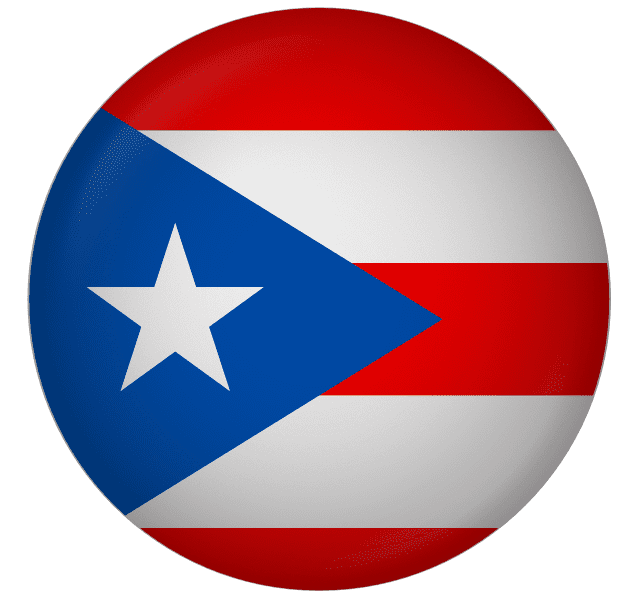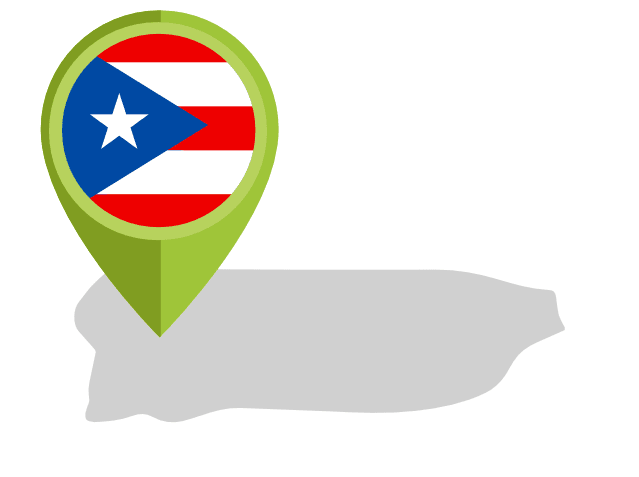Following the advent of Christopher Columbus in 1493, Spain annexed Puerto Rico, which was formerly inhabited by the indigenous Taíno people. In comparison to wealthy colonies like Peru and New Spain, Puerto Rico played a minor yet vital position within the Spanish Empire. By the late 1800s, a distinct Puerto Rican identity had emerged, based on a combination of indigenous, African, and European influences. Following the Spanish–American War, the United States took possession of Puerto Rico in 1898.
Although Puerto Rico had only recently begun its experiment with self-government, granted by Spanish rulers in 1897, the transfer of ultimate authority from Spain to the United States in 1898 was initially met with enthusiasm by its citizens, who saw the opportunity to expand American democratic values and economic development. Despite the fact that the transfer resulted in significant social change, Puerto Ricans’ hopes for political and economic progress diminished during the first three decades of the twentieth century.
Because of centuries of immigration and cultural assimilation, Puerto Rico’s population is ethnically diverse. Although persons of Spanish and other European descent are still valued among the most elite elements of society, there is little overt racial prejudice.
After Fidel Castro took power in Cuba in 1959, more immigrants arrived from the United States, and more than 20,000 Cuban exiles joined them. In the following decades, an even larger influx of job-seekers from the Dominican Republic arrived.



